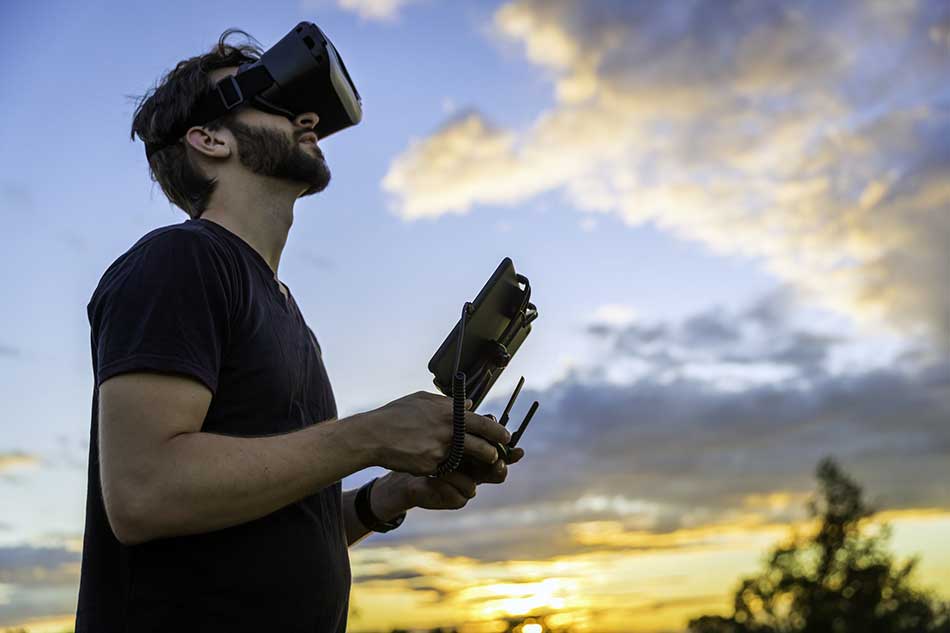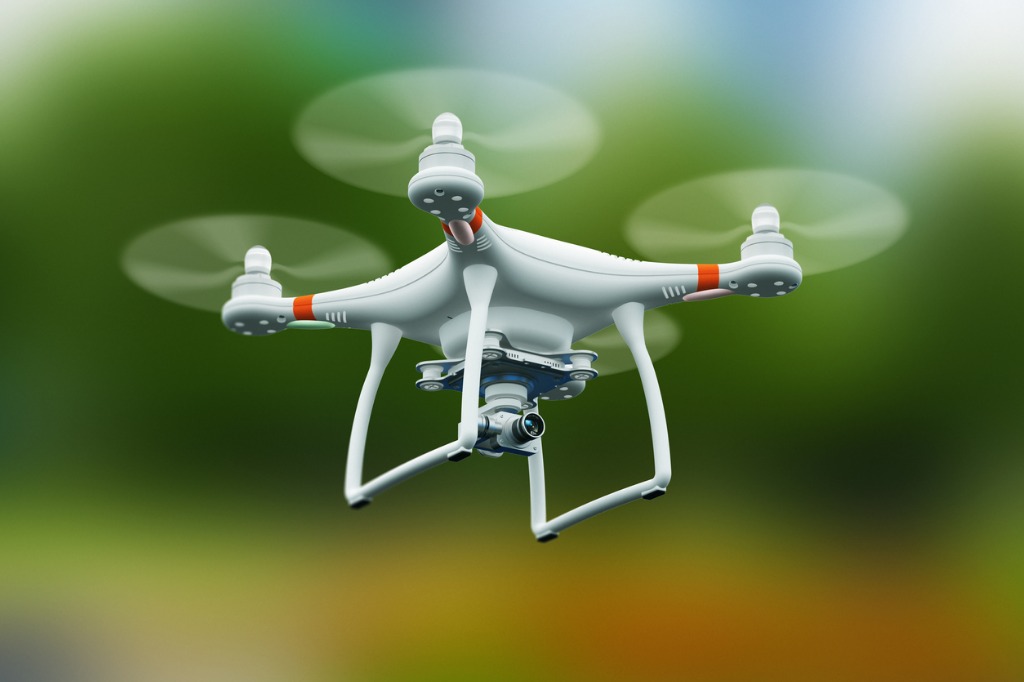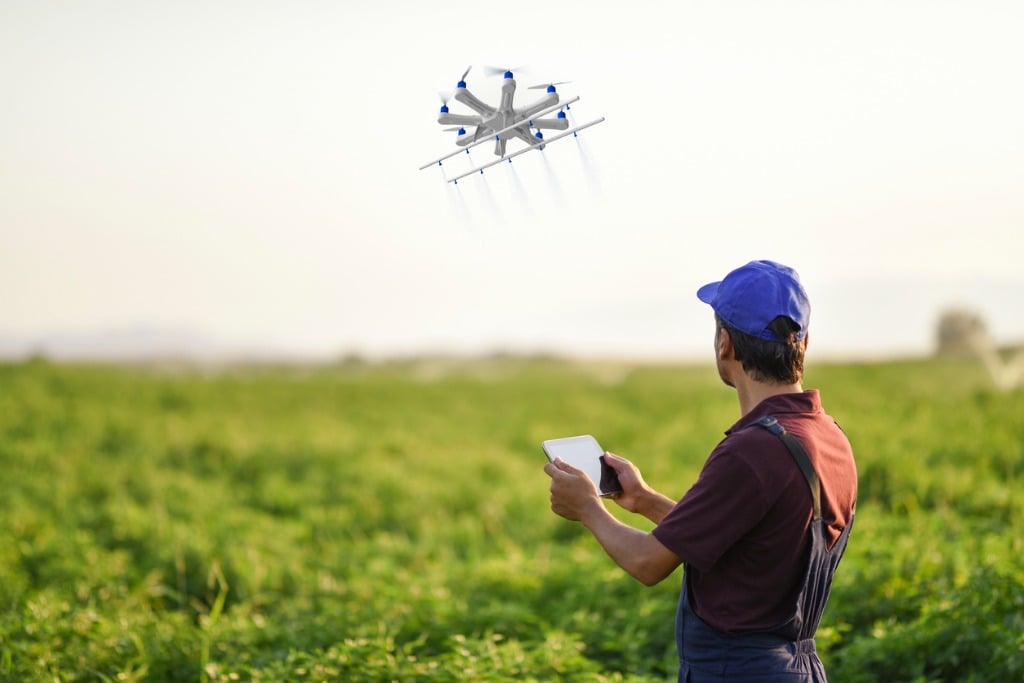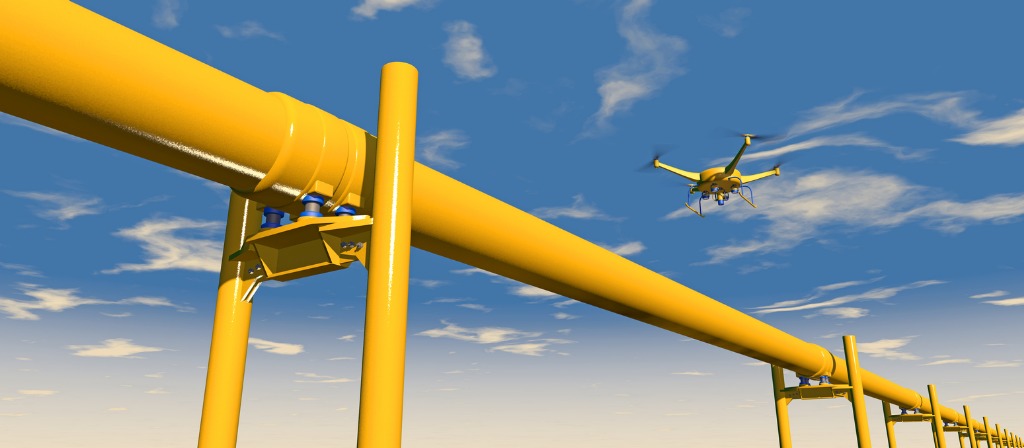Starting a photography business is tough work, but if you follow a well-laid-out plan, you can find success sooner rather than later.
The key to a successful business of any kind is spending the time to plan and prepare, that way when you're ready to open your doors, you already have a solid business foundation upon which to grow.
Here's a few critical drone business ideas to help you create the solid foundation you need to be successful.


Determine Your Pricing Structure Ahead of Time
Before you even publish your website or start handing out business cards, you need to figure out how you'll charge your clients for your services - and how much you'll charge them as well.
How much you charge will depend on a lot of factors that are specific to your business, like how much overhead you have and how much the market in your local area is willing to pay for aerial photography services.
But how you charge your clients is far less specific. When you break it down, there's two highly common ways that a drone photography business charges its customers.
Charge By the Hour
 Image Credit: scanrail via iStock
Image Credit: scanrail via iStock
Charging by the hour is an attractive option because you get paid for how much time you spend on the job.
As a very simplified example, if it usually takes you two hours of flight time to get the photos you need for a real estate shoot and another two hours to edit those photos, and you want to make $800, you'd need to charge $200 per hour to meet your income goal.
But if you end up spending five hours on the project, you would earn another $100 for that extra time.
This helps protect you from putting in tons of overtime without compensation. Of course, it also means that if there's a lot of overtime involved, you might have unhappy clients on your hands.
Give Clients a Custom Quote
 Image Credit: baranozdemir via iStock
Image Credit: baranozdemir via iStock
The other option here is to price your drone photography services based on each job.
Custom quoting might sound easy to do - you look at the project requirements and offer the client a price estimate to get the job done.
However, custom quoting can get a little complicated because you have to be absolutely sure how long it will take you to complete each aspect of the job. If you don't, you could find yourself working many more hours than you expected, but without compensation for that time.
The key to custom quoting is to not corner yourself with a specific amount.
Instead, lay out your fees for each aspect of the project using a range of pricing.
For example, rather than saying that you charge $50 for each edited image, offer your clients a price range, say $50-$75 per edited image.
Doing so gives you a little leeway and income protection because not every image takes the same amount of time to edit.
It's important to note that when you offer a custom quote that the final price range not be overly wide. Clients don't want to get a quote that ranges from $1,000-$3,000.
Instead, offer them a more defined quote, say $1,500, with the caveat that the price range might be $1,400-$1,600.
Find Your Niche
 Image Credit: pixone via iStock
Image Credit: pixone via iStock
When starting a drone photography business, it might seem like a good idea to try to be everything to everyone.
However, that's usually the worst thing you can do. Jack of all trades, master of none, right?
The great thing about drone photography is that there are many different business ideas for you to pursue.
You can specialize in real estate photography, aerial inspections, or wedding photography, just as three examples.
By finding your niche and specializing in a specific area of drone photography, you'll have an easier time developing your expertise in the field. You'll also have an easier time marketing yourself because you'll have a very specific area of expertise to offer clients.
Just imagine trying to market yourself as the best real estate and wedding photographer in your area...it just won't work!
Develop a Marketing Plan
 Image Credit: HAKINMHAN via iStock
Image Credit: HAKINMHAN via iStock
In today's day and age, it might seem like if you have a website, a Facebook page, and a YouTube channel that you'll be swarmed with people ready to hire you.
And while all of those things are important to have, just being online doesn't mean that you'll connect with people that need the services you offer.
In addition to having a strong online presence, you also need to "pound the pavement" and get your name and face out amongst the people in your area.
That might mean attending a local trade show, joining the Chamber of Commerce, or seeking out partnerships with other local businesses to increase awareness of your business.
The point is that you need to cast a net that's specific to your local area as well as one that's a bit more far and wide.
To do that, your marketing plan should make use of "old school" tactics like rubbing elbows with local business people as well as "new school" tactics like targeted ads on Facebook.
Get Geared Up

Of course, one of the most important tasks ahead of you as you build your drone photography business is to get geared up with a drone that will allow you to accomplish your business goals.
And while some people recommend that you start small and work your way up to a more capable, professional-grade drone, I have a different take on it.
Are smaller, consumer-grade drones easier to fly? Sure. That makes the task of becoming a better pilot and drone photography easier as well.
However, why spend money on a drone that you know won't be up to the task down the road?
Instead, you might as well get a drone that will be a long-term investment for the future of your business.
From my point of view, the DJI Inspire 2 Eagle Edition by Drone World ticks all the boxes for doing just that.

Drone World designed this kit with commercial drone photographers in mind.
That means that this is no child's toy - this is a serious piece of machinery that you can depend on to help you grow your business.
The Inspire 2 Eagle Edition has an upgraded HD Helical Antenna that gives you four-times better performance than previous models.

In other words, with the improved signal, you not only get to fly the drone farther but you also get 720p resolution with virtually no latency.
On top of that, this antenna ensures improved control over the drone, even at greater distances. That means you can offer your clients a higher standard of safety. Who wouldn't want that?
This thing is loaded for bear with tons of accessories that will help you take better photos and videos for your clients, too.
Just consider this list of goodies that's included with this drone:
- A polarizing filter that minimizes glare and boosts contrast in the sky
- A variable neutral density filter that allows you to slow the shutter for ultra-smooth videos
- A dual-stacked neutral density/polarizing filter
- A 240GB CINESSD card
- A 64GB memory card
- Two batteries for extended flying time
- A battery hub and charger
- A controller sunshade
You even get an awesome hard case to transport your drone and all these accessories.

As we all know, in photography, it isn't the gear you use, it's how you use your gear.
If you don't know what you're doing, a top-end drone isn't going to magically turn you into a great drone photographer.
However, if you put in the time and effort to learn how to pilot a drone and improve your skills as a photographer, a drone like the Inspire 2 Eagle Edition will certainly get you farther as you build your drone photography business!
This blog post about "Drone Photography Business Tips" was first published on our website here https://www.photographytalk.com/photography-business-tips/8870-drone-photography-business-tips
This blog post about "Drone Photography Business Tips" was first published on our website here https://www.photographytalk.com/photography-business-tips/8870-drone-photography-business-tips